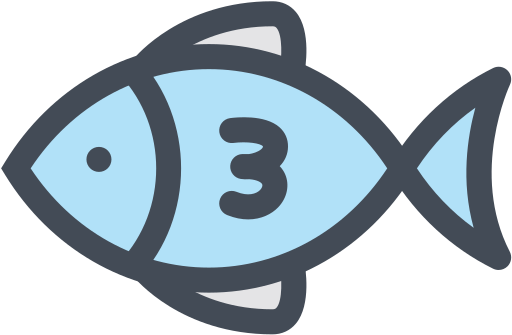|
10/18/2012 The genetic diversity found in coral ecosystems is unparalleled and this diversity has proven beneficial for humans through the identification of potentially beneficial chemical compounds and through the development of medicines, both derived from organisms found in coral ecosystems. Many species found in coral ecosystems produce chemical compounds for defense or attack, particularly the slow-moving or stationary species like nudibranchs and sponges. Searching for potential new pharmaceuticals, termed bioprospecting, has been common in terrestrial environments for decades. [a] In fact, nearly half of the medicines in use today have their origins in natural products, mostly derived from terrestrial plants, animals, and microorganisms. [b] However, bioprospecting is relatively new in the marine environment and is nowhere close to realizing its full potential. [a] Creatures found in coral ecosystems are important sources of new medicines being developed to induce and ease labor; treat cancer, arthritis, asthma, ulcers, human bacterial infections, heart disease, viruses, and other diseases; as well as sources of nutritional supplements, enzymes, and cosmetics. [b] The medicines and other potentially useful compounds identified to date have led to coral ecosystems being referred to as the medicine cabinets of the 21st century by some, and the list of approved and potential new drugs is ever growing. However, this focus on coral ecosystems for medical properties is not unique to the 21st century. The unique medical properties of organisms found in coral reefs was recognized by Eastern cultures as early as the 14th century; tonics and medicines derived from seahorse extracts continue to be in high demand for traditional medicines. [b] The gall bladder of several fish species were used in Palauan traditional medicine to treat venomous stings of other marine organisms, such as stonefish. [c] While knowledge and use of some traditional medicines has been lost, there is renewed interest within modern medicine in researching some of these treatments. Toxins provided by reef creatures are of particular interest in present day pharmaceutical research. Stonefish, sea snakes, box jellyfish, cone shells, and pufferfish contain some of the most toxic compounds presently known to man. These chemical compounds are being studied by researchers, and some have already been used to develop medicines or cosmetics. For example, cone snail neurotoxin is showing promise as a powerful painkiller. [a] Other types of chemical compounds are also proving fruitful. The antiviral drugs Ara-A and AZT and the anticancer agent Ara-C, developed from extracts of sponges found on a Caribbean reef, were among the earliest modern medicines obtained from coral ecosystems. [b] The anti-cancer properties of a number of additional compounds derived from organisms found in coral ecosystems are also being studied. Chemicals derived from Caribbean sea-whip corals have shown skincare, painkiller, and anti-inflammatory properties and a compound derived from a Pacific sponge has lead to testing of over 300 chemical analogs for anti-inflammatory properties. [a], [d] Kainic acid, which is used as a diagnostic chemical to investigate Huntington’s chorea, a rare but fatal disease of the nervous system, was isolated from organisms on a Japanese reef. [e] Australian researchers have developed a sun cream from a coral chemical that contains a natural “factor 50” sun block. [e] To watch a short video clip about these NOAA discoveries, clickhere. Besides being the source of potentially useful chemical compounds, the porous limestone skeleton of corals has been tested as bone grafts in humans. Pieces of coral set into a fracture act as a scaffold around which the healing can take place. The implant eventually disappears, absorbed by the new growth of bone. Rates of rejection are much lower than with artificial grafting materials. [e] It should be noted that, aside from the compounds mentioned here, there are likely many other compounds under development which have not yet been disclosed to the wider public. It is safe to say that the published research is only the tip of the iceberg when it comes to the pharmaceutical possibilities presented by compounds derived from creatures found in coral ecosystems, including the corals themselves. Thus, it is nearly impossible to predict what the future economic benefits of bioprospecting will be, as more potentially valuable medical compounds are isolated from organisms found in coral ecosystems. This aspect of reef value was not incorporated into the estimated $5.5 billion total global value of coral reef biodiversity, but is certainly both a consideration for the economic value of coral reefs and the costs to society if reefs are lost. [f] *Unless otherwise noted, all monetary values presented are in US Dollars. View Video Citations:
Source: http://coralreef.noaa.gov/aboutcorals/values/medicine/ |
